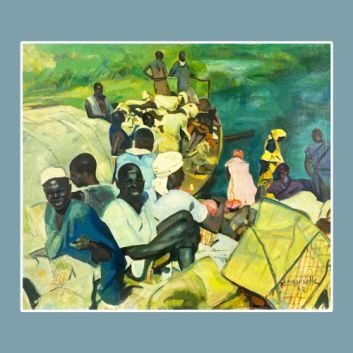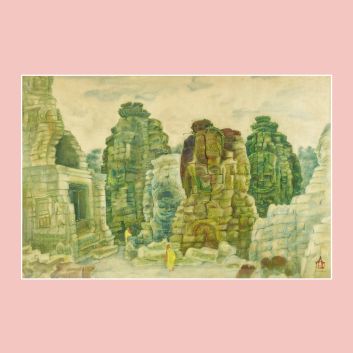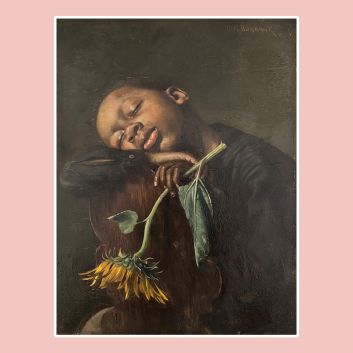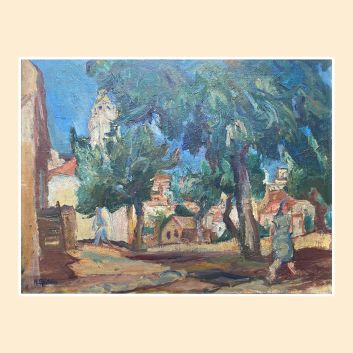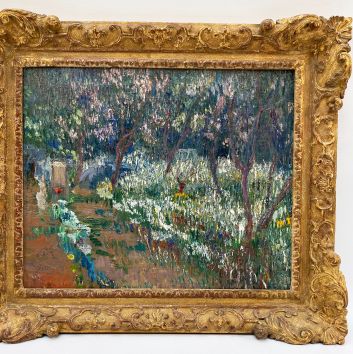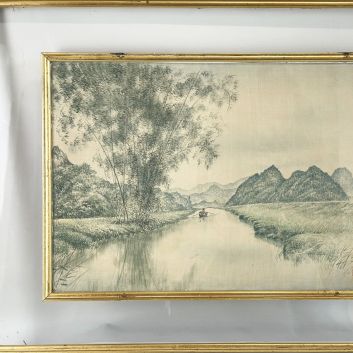Rating and value of paintings by Henry Émile Vollet

If you own a work by or after Henry Émile Vollet, and would like to know its value, our state-approved experts and auctioneers will be happy to offer you their appraisal services.
Our specialists will carry out a free appraisal of your work, and provide you with a precise estimate of its current market value.
Then, if you want to sell your work, we'll point you in the right direction to get the best possible price for it.
Rating and artist's value Henry Émile Vollet
Henry Émile Vollet left behind a body of work that was both realist and orientalist. From then on, prices for his works skyrocketed under auctioneers' gavels. His paintings are highly prized, especially by Belgian buyers.
The price at which they sell on the art market ranges from €40 to €32,000, a very wide range, but one that speaks volumes about the value that can be attributed to Vollet's works.
In 2019, his oil on canvas Fête de nuit sur le petit lac de Hanoï sold for €32,000, against an estimate of €15,000-18,000. His quotation is stable.
Order of value from a simple work to the most prestigious
Technique used | Results |
|---|---|
Print - multiple | From €40 to €1,300 |
Drawing - watercolor | From €60 to €3,400 |
Oil on canvas | From €65 to €32,000 |
Response in less than 24h
Style and technique of artist Henry Émile Vollet
Henry Émile Vollet developed a pictorial style in which rigorous drawing structures compositions imbued with a particular sensitivity.
Trained in Fernand Cormon's studio, he retains a pronounced taste for precision of line, which remains the basis of his paintings. His paintings are characterized by a balanced construction, in which line plays a fundamental role, emphasizing contours and guiding the eye through the scene.
The influence of realism is evident in his attention to detail and accuracy of proportion, but he moves away from it by introducing a freer, more spontaneous touch.
His work with color reflects a dialogue between tradition and modernity. He uses a palette that is often softened, favoring earthy tones and warm nuances that recall the luminous atmospheres of Vietnam.
Shadows are rarely abrupt, blending into subtle gradations that lend her canvases a hushed depth. His use of light, diffused and natural, envelops the scenes in a soft ambience, accentuating the intimate character of his compositions.
Vollet's touch varies according to the subject matter. Sometimes fluid and light when capturing the elegance of a gesture or the delicacy of a fabric, it becomes more pronounced and expressive in his landscapes, where impasto and material work contribute to a sense of relief.
The influence of Japanese prints can be seen in the way he flattens certain surfaces and purifies settings, while maintaining great expressiveness in figures and expressions.
He favors tight framing, giving his scenes a particular intensity, and plays on the contrasts between detailed areas and spaces left more empty, creating a subtle balance between precision and suggestion.
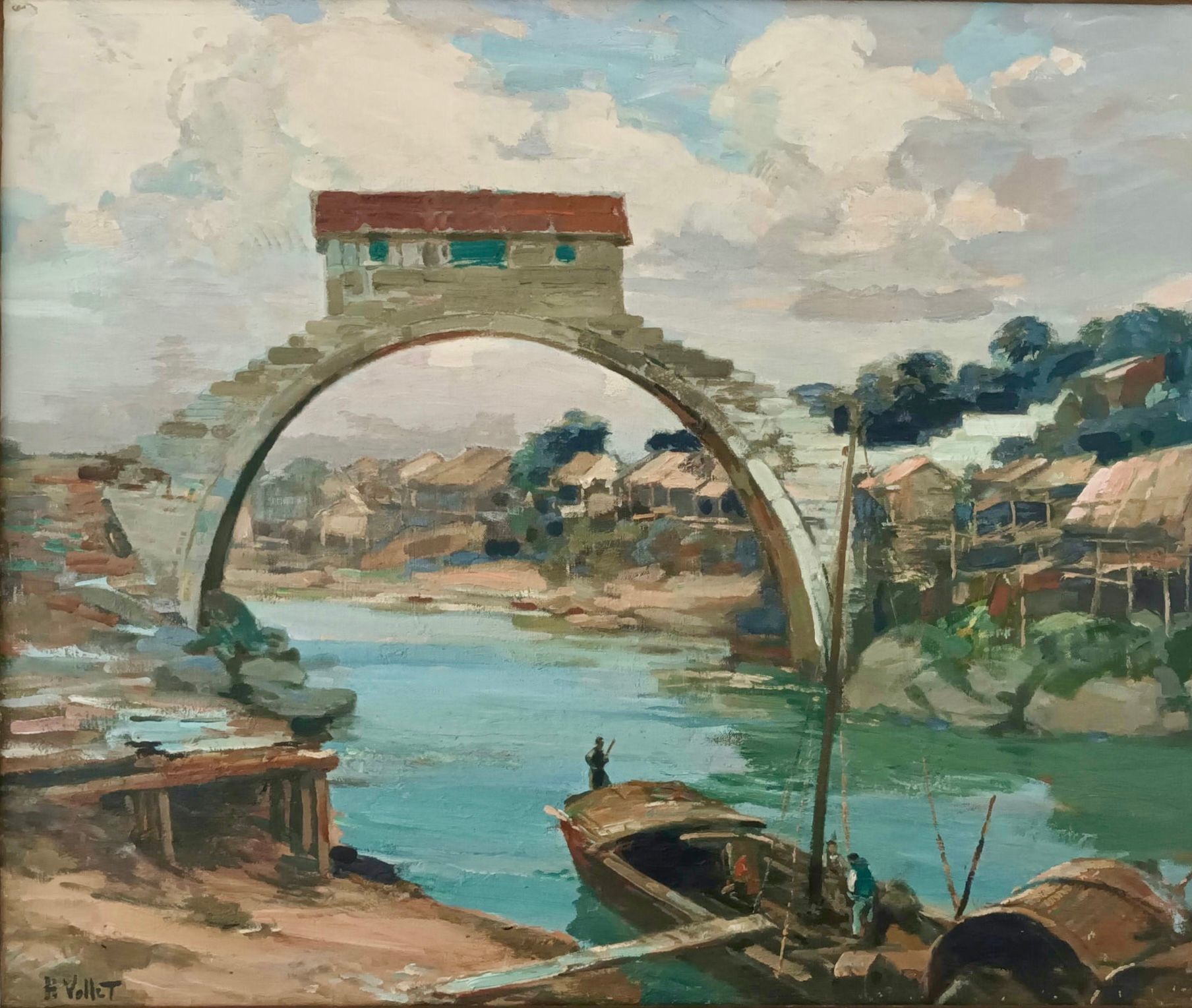
The life of Henry Emile Vollet
Henry Émile Vollet (1861 - 1945) spent much of his life in Indochina, where he found an inexhaustible source of inspiration.
Attracted by the visual and cultural richness of Vietnam, he strives to depict everyday scenes, religious rites and the country's distinctive atmosphere with sensitivity and accuracy.
Close to Victor Tardieu andAlix Ayméhe shares with them a keen eye for light and composition, but has developed a visual language of his own, combining rigorous drawing and supple gesture.
His Indochinese works, mainly drawings and paintings, reflect a balance between precision and spontaneity.
He captures the elegance of silhouettes, the movement of fabrics, the serenity of landscapes with an economy of means that reinforces the expressiveness of his subjects.
His compositions eschew picturesque anecdote in favor of a more sober approach, where the accuracy of line and the subtlety of nuance are enough to suggest the full depth of a scene. In this sense, he is also influenced by Van Gogh.
Vollet was awarded a bronze medal at the 1900 Universal Exhibition, in recognition of the quality of his work and his contribution to the artistic representation of Indochina.
His view of this land is not limited to exotic fascination: he seeks to transcribe its reality with a sensitivity that transcends pure observation.
Through his works, he leaves a delicate, authentic imprint, a testimony to a time when Western art was opening up to other influences, absorbing the light and forms of an elsewhere that he renders with remarkable finesse.
Focus on an Indochinese landscape by Vollet
In one of his iconic works from Indochina, Henry Émile Vollet captures the very essence of the Vietnamese landscape.
This painting, of great simplicity, blossoms in a soft, subtle palette, where the artist, with her own rigorous draughtsmanship, succeeds in rendering all the light and texture of the world around her.
The atmosphere is one of profound serenity, as if suspended in time. The contours of trees, distant mountains and rice paddies - all elements of everyday Vietnamese life - are rendered with almost photographic precision, but always with great economy of detail.
Vollet knows perfectly well how to avoid superfluous anecdote and concentrates on the essential: a sober composition, but one of great evocative power.
What's immediately striking is the use of light. The artist succeeds in capturing the warmth of the air and the softness of the light that floods the landscape, in an atmosphere that seems bathed in a kind of unreal calm.
The luminous intensity is reinforced by deep shadows, which structure the picture and enchant the viewer.
With his play of light, Vollet invites us to contemplate a world where humans almost merge with nature, a nature that is omnipresent, but always respected, never invasive.
Vollet's strokes do not seek to idealize or romanticize the scene; on the contrary, the artist offers us an honest and fair vision of this Vietnam he knows intimately.
It pays homage to it, in its simplicity and quiet beauty, elevating the everyday to the level of a work of art. This painting doesn't just pay homage to a place; it conveys an atmosphere, a feeling, an experience.
Through his art, Vollet invites us into a deep immersion, a return to the roots of a Vietnam that few other artists of his time were able to render with such finesse.
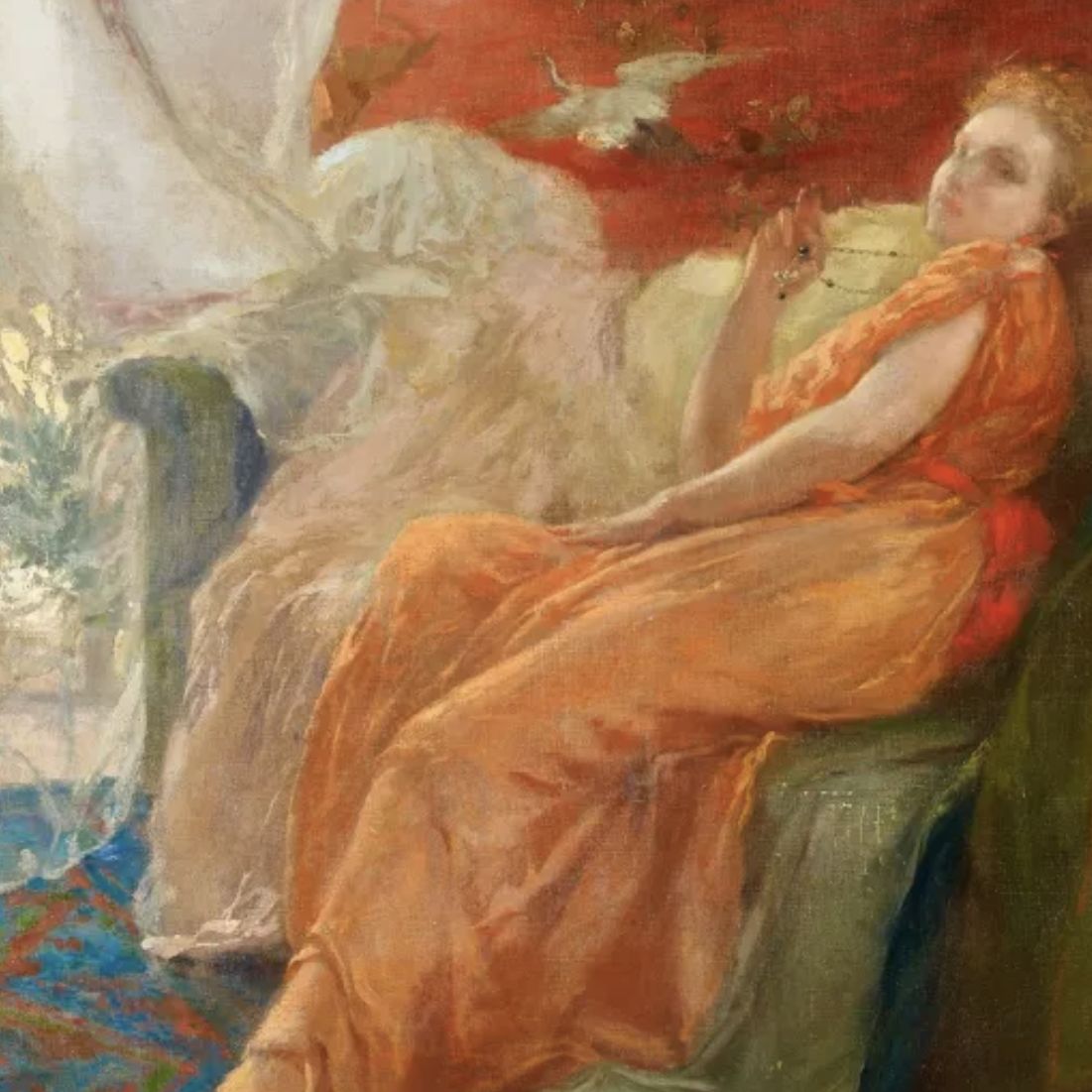
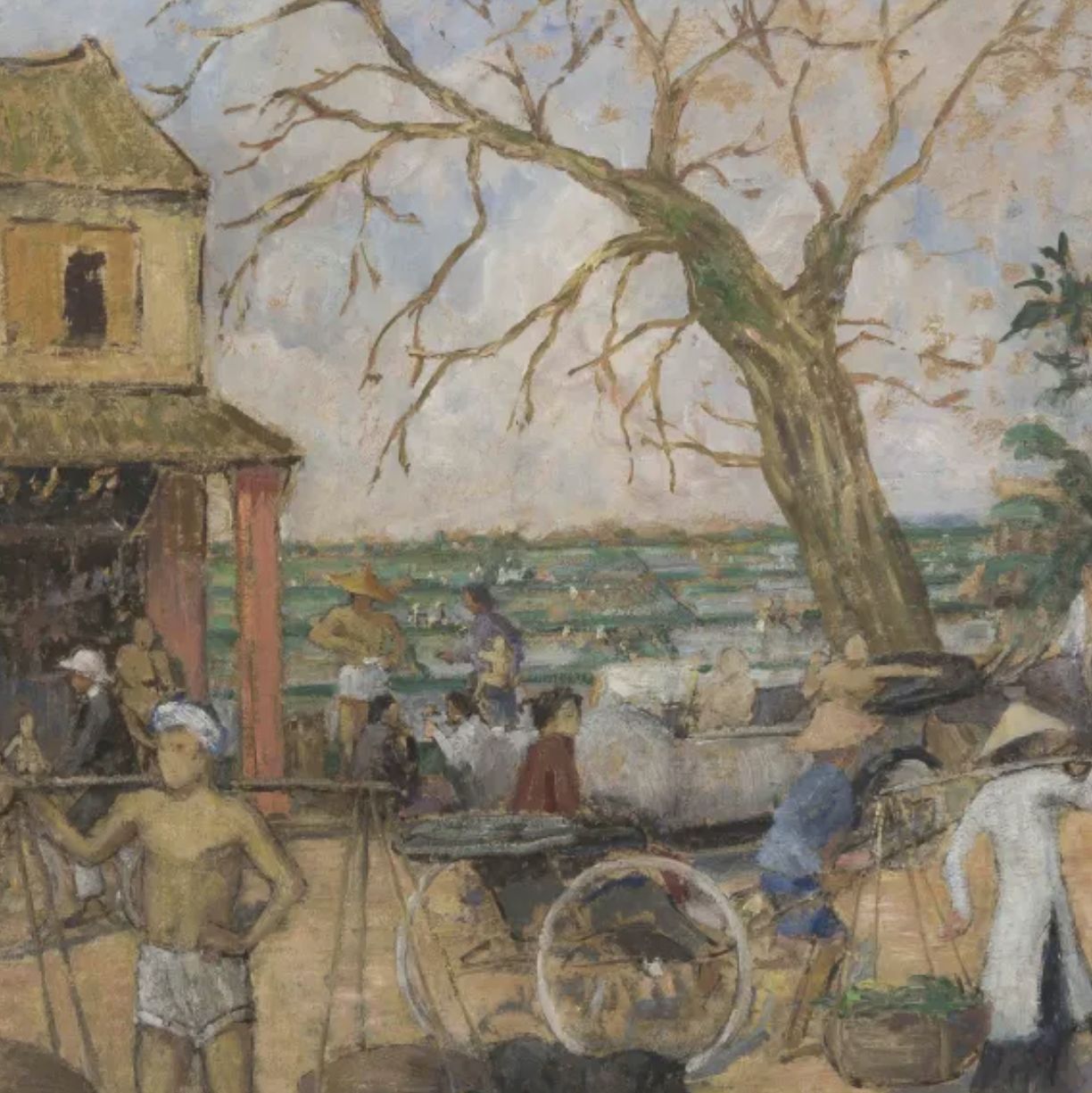
Henry Émile Vollet's influence on modern Indochinese art
Henry Émile Vollet's influence on modern Indochinese art is undeniable, not only through his works but also through his lasting influence on a generation of Vietnamese artists.
By settling in Vietnam, Vollet succeeded in bridging the gap between Western artistic traditions and those deeply rooted in the country's cultural history.
His vision of Vietnam, enriched by his academic training in Paris, fuses the rigor of European realism with the soft light and unique colors of Indochinese landscapes.
This stylistic cross-fertilization became an essential component in the emergence of a modern Indochinese aesthetic, in which local forms and colors were interpreted from a new angle, closer to Western sensibilities while respecting the grandeur of traditional Vietnamese motifs.
In his landscapes as in his scenes of daily life, Vollet eschews superfluous ornamentation and illusionism to concentrate on the very essence of his subject, with an economy of means and rigorous composition that mark his era.
By capturing the light of Vietnam with the same accuracy as that which he had captured in Europe, Vollet imposed a new approach to landscape painting, particularly in his ability to retranscribe the atmospheres typical of Indochina, a place both familiar and foreign.
He doesn't hesitate to break down his scenes into simple elements, building a special relationship between man and his environment, a relationship of intimacy, but also of deep respect for nature.
His works are also distinguished by their ability to convey a vision of reality that goes beyond appearance, having a lasting influence on modern Vietnamese art, notably the Hanoi School.
Thus, Vollet's contribution lies not only in the quality of his works, but also in the way he paved the way for a new artistic perception of Indochina, a subtle synthesis of East and West.
Recognizing the artist's signature
Not all works by Henry Émile Vollet are signed. They may be at the bottom of the painting, but if you think you own one, it's best to have it appraised to be sure of its originality.
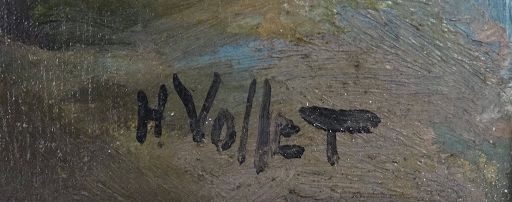
Knowing the value of a work
If you happen to own a painting by Henry Émile Vollet or one based on the artist's work, don't hesitate to ask for a free estimate using the form on our website.
A member of our team of experts and certified auctioneers will contact you promptly to provide you with an estimate of the market value of your work, as well as any relevant information about it.
If you wish to sell your work of art, our specialists will also be on hand to help you sell it at the best possible price, taking into account market trends.
Response in less than 24h
Related topics
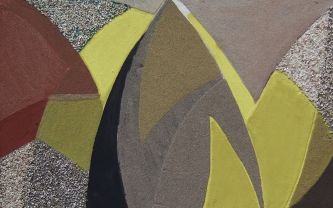
Rating and value of works, collages, paintings by Alfred Re...
Alfred Reth was an Austro-Hungarian painter of the École de Paris. His collages, paintings and drawings are sought-after at auction.
Read more >
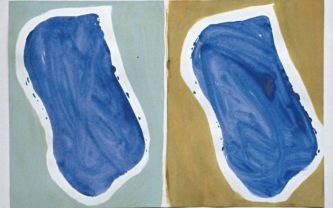
Rating and value of works, drawings, paintings by Claude Via...
Claude Viallat is a twentieth-century visual artist who has produced watercolors, collages and paintings listed on the auction market.
Read more >
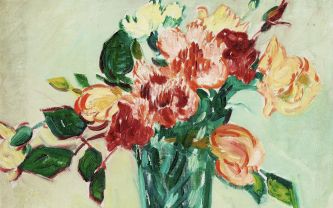
Cote et valeur 2024 des tableaux de Louis Valtat
Louis Valtat is a Fauvist painter who produced many paintings that are highly valued on the auction market.
Read more >
Secure site, anonymity preserved
State-approved auctioneer and expert
Free, certified estimates
